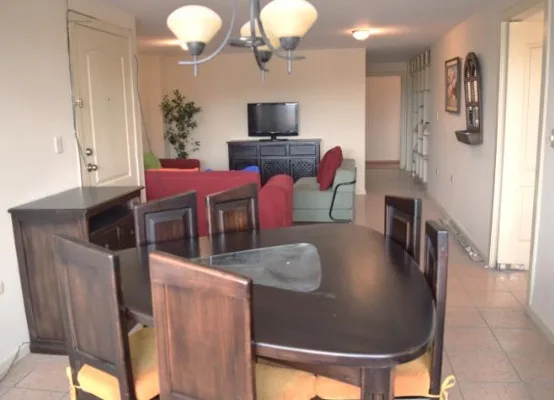Ecuador holds its national election in February but how does it work?
Almost 13 million Ecuadorians, including many foreign residents, will go to the polls to select a new president and National Assembly on February 19.

Ecuador’s National Assembly in Quito.
Voting in Ecuador, as it is in most Latin American countries, is compulsory for all citizens over 18 years (including prison inmates), except for those between 16 and 18, military personnel, citizens over 65, Ecuadorians who live overseas, as well as foreigners living legally in Ecuador, for which it is optional.
Here’s how the country’s electoral process works.
Beginning on October 19, Ecuador’s National Elections Council (CNE) began accepting applications of presidential and assembly candidates. The process continues through November 18. The CNE reviews the qualifications of each candidate, checks records to make sure that their political party affiliations are accurate and that they meet a variety of other basic requirements, including one requiring a clean legal record.
Unlike some other countries, such as the U.S., election campaigning in Ecuador is restricted to a six-week period, from January 3 to February 16, three days prior to the election. The law mandates those last three days as a “quiet period” where no election activities are permitted. In addition, the type and amount of advertising is regulated by CNE, which can impose fines on campaigns for violations.
In the presidential election, if no candidate manages to win an absolute majority, or achieves more than 40 percent of the vote while leading the closest rival by 10 percent, a run-off election will be conducted between the two top vote-getters on April 2.
Winners of National Assembly seats will be those receiving a plurality of votes cast. Of the 137 assembly members, 15 will be elected nationally, 116 through provincial districts, and six from overseas (two from Europe, Asia and the Oceanic region; two from Canada and the US; and two from Latin America, Africa and the Caribbean).
In addition, voters will pick the country’s five representatives to the Andean Parliament, which includes lawmakers from Colombia, Peru, Bolivia, Venezuela as well as Ecuador.
According to the CNE, over 616,000 teenagers, aged between 16 and 18, will be eligible to vote in 2017, as well as 378,292 non-resident Ecuadorians. Approximately 20,000 foreign residents are also eligible to vote.
For more information on voting eligibility and about the electoral process, visit your local CNE office.





















